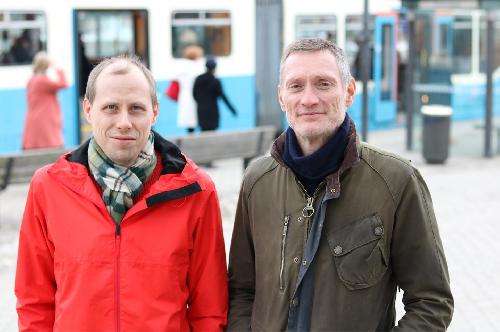Citizen science, amateurs who did science for the love of it rather than as a career, were once well-respected. They were often more elite than those who did it as an occupation, much like Sherlock Holmes was a superior detective because he was an amateur in a world where police forces were blue collar and lacked education.
Yet as science became more government-controlled and salaries skyrocketed, degrees began to matter most. The cost of modern science equipment spelled the death of citizen science, except in fields like astronomy. Yet it has come roaring back, even in the natural and social sciences, thanks to the World Wide Wide and platforms like Science 2.0 and Zooniverse and Galaxy Zoo and now more. Sometimes it is scholars cynically trying to get free labor to do drudge work, but most often it is participatory and so has become a significant force in several scholarly disciplines, even allowing amateurs with little scientific knowledge to contribute.
"We see that in particular researchers in the natural sciences have collected and classified data with the help of interested volunteers. In the social sciences, there has been a focus on inviting select parts of the public to find out the effects of science on people's everyday lives. This may for example concern environment problems and risks," says Christopher Kullenberg of
the University of Gothenburg, co-author of a paper in PLOS ONE.
To make their study as broad as possible, the authors included 2,568 scientific articles based on citizen science, including alternative terms like.

"What's exciting about citizen science is that it enables non-researchers to make important contributions to science. If you think about it, it sounds impossible. After all, don't you need years of training and experience to do that?" says Kullenberg.
Researchers have long relied on the public's ability to observe and classify animals and plant species, which has led to enormous amounts of data have been collected - new species are discovered almost every month, having sat in a collection for decades.
"Nobody knows the true extent of it. Scientists have not always communicated that they have received help from the public. But this is changing. It has become more OK to involve the public, and better methods for non-scientist participation have also been created," says co-author Dick Kasperowski.
"One finding in this study is that a large number of citizen science projects never make it to the scientific journals. We studied 490 research projects, but only 78 had resulted in scientific articles. This does not necessarily mean that the quality of the research was bad, but may imply that there were different ambitions involved, such as political lobbying or dealing with local environmental problems. At any rate, we need to learn more about this," says Kullenberg.
But there are also fields that have not invited the public to participate in their work.
"The humanities have not, with a few exceptions, managed to facilitate broad public participation. And our study shows that we're still waiting for the big breakthrough in medical research. The hesitation in medicine may have to do with patient safety and issues related to research ethics. But this will probably change in the future," says Kullenberg.





Comments